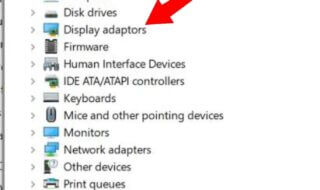
In the construction industry, asset management is a critical component of operational success, encompassing the acquisition, operation, maintenance, renewal, and disposal of assets. Effective construction asset tracking involves not only the physical management of machinery and equipment but also the document management and strategic planning to maximize their utility and value.
Contents
Understanding Construction Asset Management
Managing assets effectively is a critical component for the success of construction companies. Implementing construction asset management software can streamline various aspects of asset management, from procurement to maintenance, thus enhancing overall project efficiency. Assets in construction include machinery, equipment, and any item of monetary value owned by the business. Proper construction equipment asset management results in maximum productivity, markedly improved efficiency, and increased company returns on investment.
Definition of Construction Asset Management
Construction asset management refers to the systematic coordination of the life cycle of assets within a construction company. This includes the procurement, tracking, and maintenance of assets. With digital asset management construction, companies can ensure their machinery and equipment are effectively managed and monitored throughout each project stage.
Importance of Asset Management in Construction
Understanding what asset management is in construction is crucial for recognizing its significance. Asset management is particularly vital due to the high value of construction assets. Effective management ensures these assets are utilized efficiently, reducing unnecessary costs and downtime. By leveraging construction asset management software, companies can track and monitor assets meticulously, ensuring better financial and operational control.
Benefits of Effective Asset Management
The benefits of adopting a robust asset management system in the construction industry are substantial. Efficient construction asset management can lead to significant time and cost savings by minimizing asset loss. Furthermore, it boosts project efficiency, enhances worker productivity, and ensures compliance with industry standards. Digital asset management construction also prepares companies for asset upgrades or disposals, enabling proactive planning and continuous improvement of asset-related processes.
Document management in asset construction handling
Document management plays a crucial role in ensuring efficient asset management in the construction industry. From tracking and organizing important documents to managing construction equipment, effective document management systems help streamline operations and improve project outcomes.
One of the key areas where document management is essential is in asset tracking construction. Construction companies deal with a wide range of physical assets, including heavy machinery, vehicles, and tools. By implementing advanced document management softwares for rental construction equipment such as Piko, companies can efficiently monitor aspects such as location, condition, and usage of their assets. This not only reduces the risk of loss or theft but also helps optimize asset utilization and minimize downtime.
Moreover, document management systems centralize all the required documentation, ensuring easy access and retrieval of critical information. This includes equipment manuals, maintenance records, inspection reports, and legal documents. With such a system in place, construction firms can stay organized, make informed decisions, and ensure compliance with regulatory requirements.
Leveraging Construction Asset Management Software
Effective asset tracking is substantially augmented by using specialized construction asset management software. This software provides a 360-degree view of asset utilization, maintenance schedules, and end-of-life forecasting. Features such as lifecycle data management, geofencing alerts, and project management workflows deliver an all-encompassing solution. Construction inventory and asset management software ensures that companies have mobile accessibility and robust analytics at their fingertips, facilitating informed decision-making and optimizing asset productivity.



